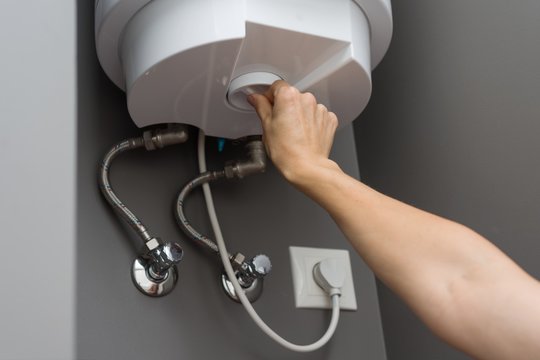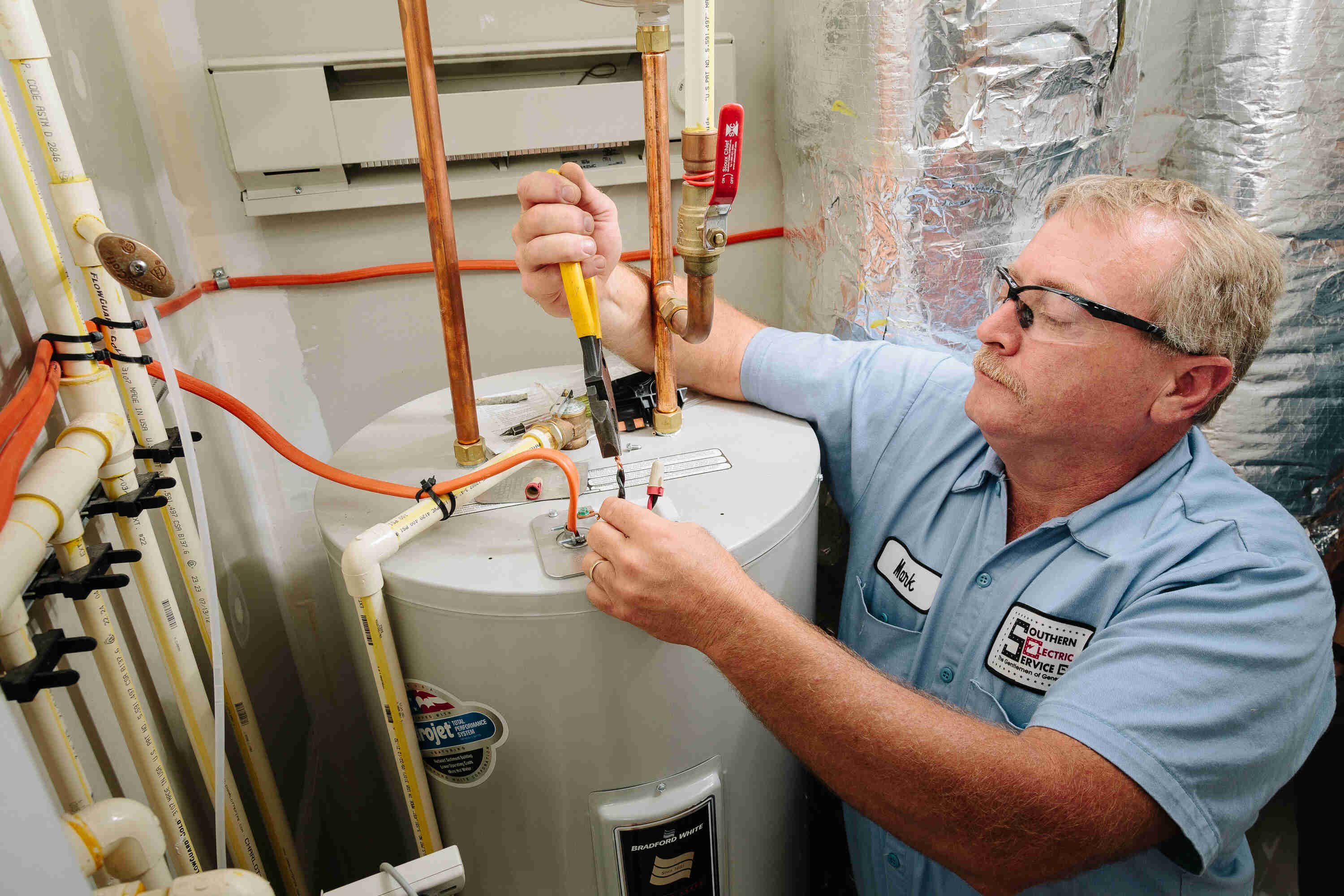The writer is making several great points regarding Tips on Maintaining a Water Heater in general in this article which follows.

Hot water is vital for day-to-day convenience, whether it's for a refreshing shower or washing meals. To guarantee your warm water system runs efficiently and lasts longer, routine upkeep is vital. This write-up provides useful suggestions and insights on exactly how to keep your home's warm water system to stay clear of disruptions and costly repair work.
Introduction
Preserving your home's warm water system could appear daunting, but with a few easy steps, you can guarantee it runs efficiently for many years to find. This guide covers every little thing from recognizing your warm water system to do it yourself maintenance suggestions and knowing when to call in specialist aid.
Importance of Maintaining Your Warm Water System
Routine maintenance not only expands the life-span of your hot water system but also guarantees it runs efficiently. Neglecting upkeep can lead to lowered effectiveness, higher energy costs, and also premature failing of the system.
Indications Your Hot Water System Needs Upkeep
Understanding when your hot water system requires interest can prevent significant problems. Look out for indicators such as irregular water temperature, weird noises from the heater, or corroded water.
Flushing the Water Heater
Purging your water heater gets rid of debris buildup, boosting effectiveness and prolonging its life.
Monitoring and Replacing Anode Rods
Anode poles avoid deterioration inside the storage tank. Inspecting and replacing them when worn out is vital.
Complex Concerns Needing Specialist Assistance
Instances include significant leaks, electric issues, or if your hot water heater is constantly underperforming.
Routine Expert Maintenance Perks
Professional maintenance can consist of extensive examinations, tune-ups, and guaranteeing conformity with safety and security requirements.
Evaluating and Changing Temperature Level Settings
Changing the temperature level settings makes certain optimal efficiency and safety.
DIY Tips for Upkeep
You can execute a number of upkeep tasks yourself to maintain your hot water system in top problem.
Checking for Leaks
Consistently inspect pipelines and links for leaks, as these can result in water damages and higher expenses.
Recognizing Your Warm Water System
Before diving right into upkeep tasks, it's useful to recognize the standard components of your warm water system. Commonly, this includes the water heater itself, pipelines, anode poles, and temperature level controls.
Monthly Maintenance Tasks
Routine month-to-month checks can aid catch minor problems prior to they rise.
Testing Pressure Alleviation Valves
Checking the stress relief valve ensures it works properly and protects against excessive pressure buildup.
Protecting Pipelines
Shielding warm water pipes reduces warm loss and can save power.
When to Call a Specialist
While do it yourself upkeep is beneficial, some issues need specialist experience.
Conclusion
Regular maintenance of your home's hot water system is important for effectiveness, durability, and expense financial savings. By complying with these ideas and recognizing when to seek expert assistance, you can guarantee a reputable supply of warm water without unforeseen disruptions.
How to Maintain an Instant Hot Water Heater
Before tinkering with your hot water heater, make sure that it’s not powered on. You also have to turn off the main circuit breaker and shut off the main gas line to prevent accidents. Also turn off the water valves connected to your unit to prevent water from flowing into and out of the appliance. 2. When you’re done, you have to detach the purge valves’ caps. These look like the letter “T†and are situated on either side of the water valves. Doing so will release any pressure that has accumulated inside the valves while at the same time avoid hot water from shooting out and burning your skin. 3. When the purge valves’ caps are removed, you have to connect your hosing lines to the valves. Your unit should have come with three hoses but if it didn’t, you can purchase these things from any hardware or home repair shops. You can also get them from retail stores that sell water heating systems. Read the user’s manual and follow it to complete this task properly. When the hosing lines are connected, open the purge port’s valves. 4. You should never use harsh chemical cleaners or solutions when cleaning your unit. Make use of white vinegar instead. It should be undiluted and you’ll probably use about 2 gallons. 5. Now flush your water heater. This task should probably take about 40 minutes. We can’t give you specific directions for this because the procedure is carried out depending on the type, model and brand of your heater. With that being said, refer to the user’s manual. 6. When you’re done draining the unit, you have to turn off the purge port valves again. Remove the hosing lines that you earlier installed on each of the water valves. Put the valve caps (purge port) back in their respective places and be very careful so as not to damage the rubber discs that are found inside these caps. 7. Now that everything’s back in place, check your user’s manual again to find out how to reactivate your water heating system. 8. Once it is working, turn one of your hot water faucets on just to let air pass through the heater’s water supply pipes. Leave the tap on until water flows smoothly out of it. https://www.orrplumbing.com/blog/2014/september/how-to-maintain-an-instant-hot-water-heater/

I was made aware of that editorial about Water Heater Maintenance Tips You Can't Afford to Forget through a buddy on a different blog. Appreciated our write up? Please share it. Let others check it out. Kudos for your time. Don't forget to stop by our site back soon.
Visit